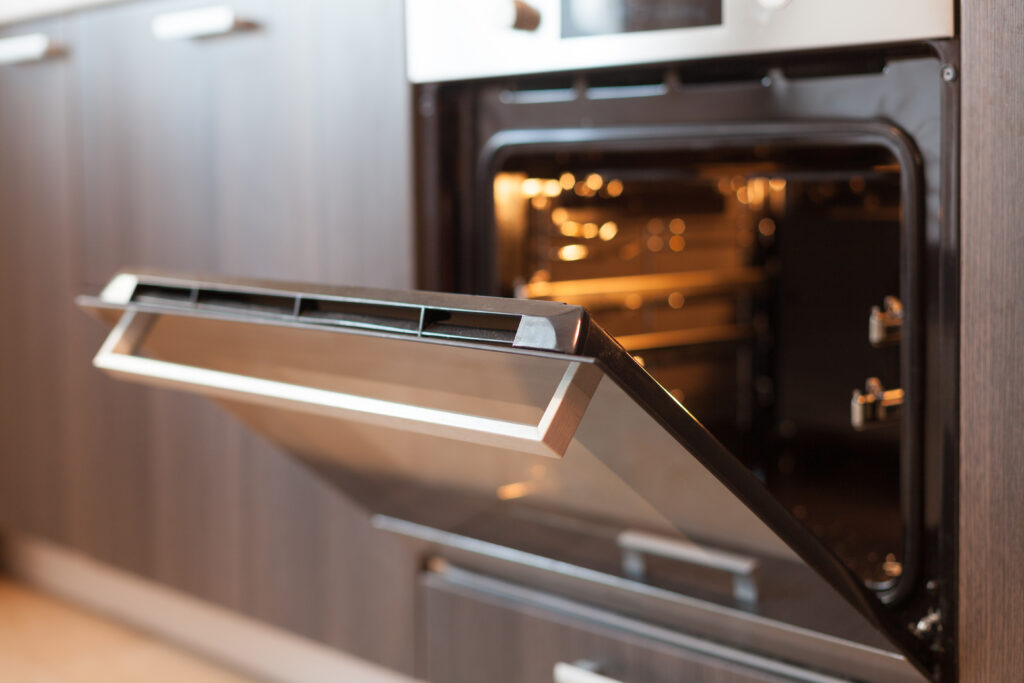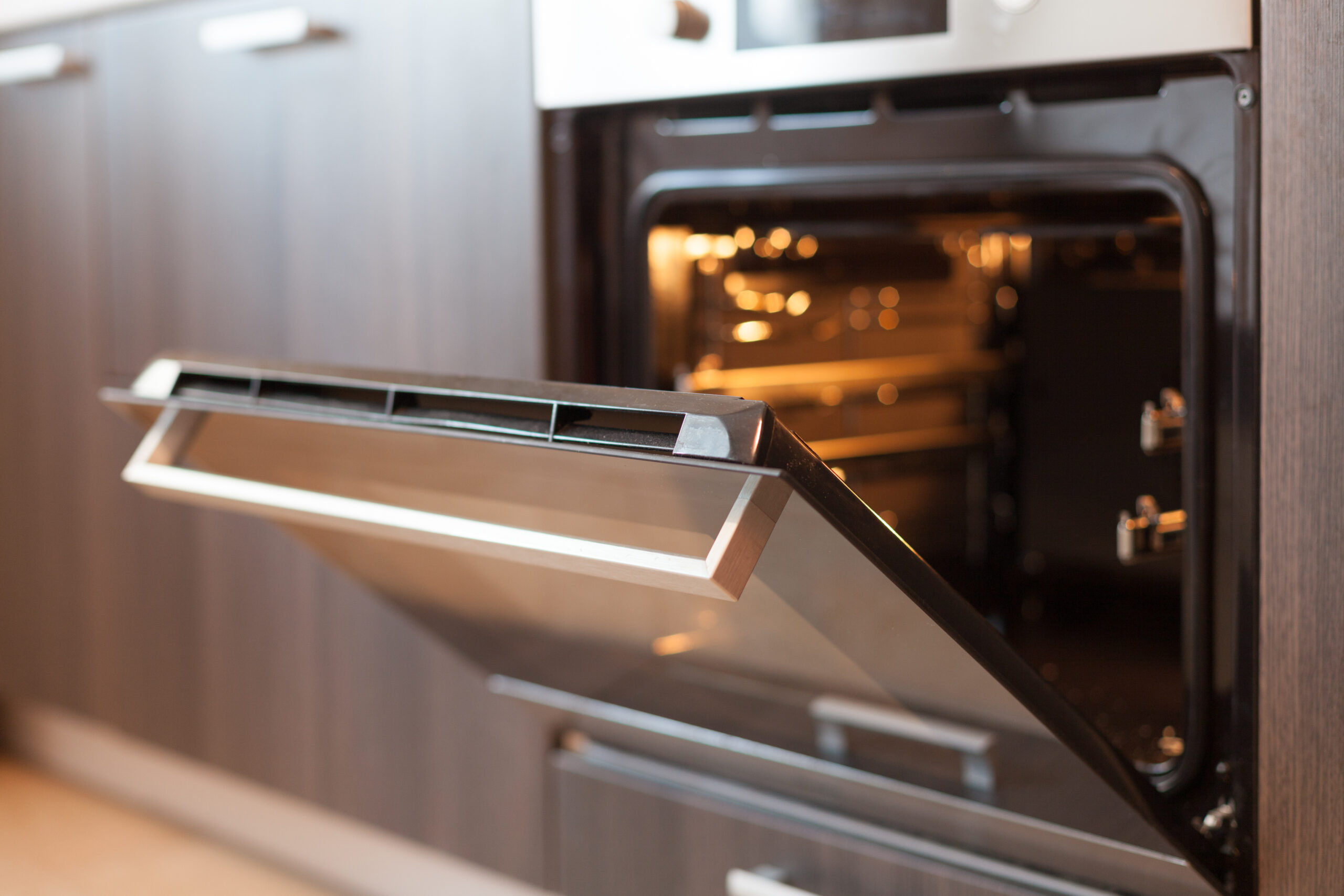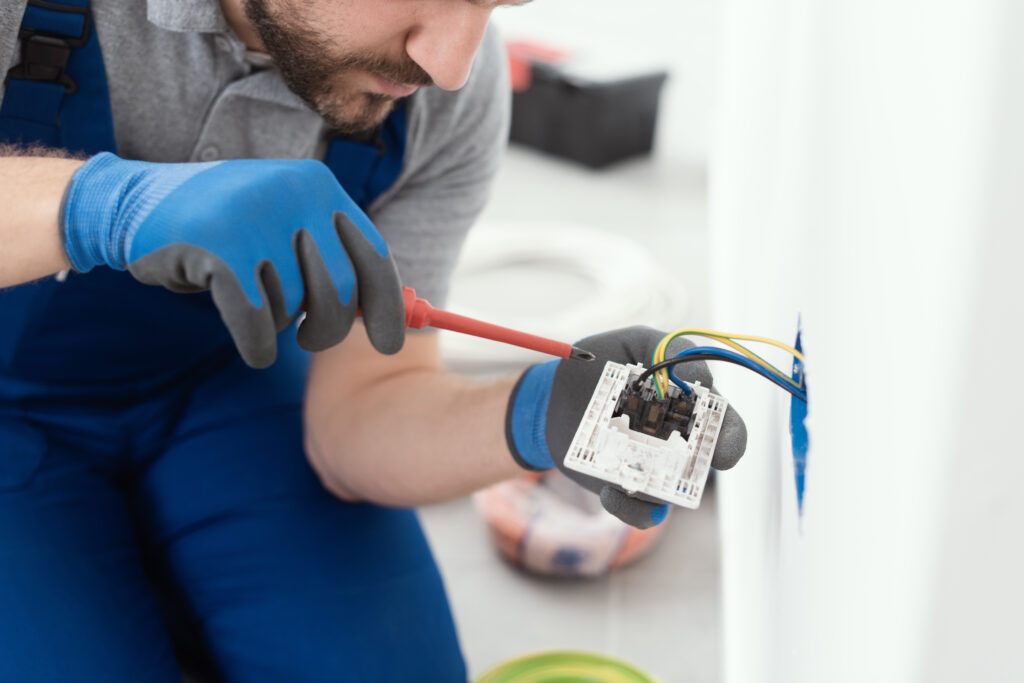The Bright Side of Cooking: Understanding LED Oven Lights
Okay, let’s talk about something that usually gets ignored unless you’re craning your neck into your oven at 9 p.m. trying to figure out if your brownies are overbaking. Yep, the oven light. More specifically, the LED oven light. It’s one of those tiny home appliance details that just… works—until it doesn’t. But there’s more to that little glow than meets the eye. If you’ve ever wondered how these lights function, why LED makes a difference, or what it means for your utility bill, your oven’s health, or even your home warranty—well, lean in. You’re in the right place.
What Exactly Is an LED Oven Light?
So, for starters, an LED oven light is exactly what it sounds like—a light inside your oven that uses LEDs (Light Emitting Diodes) instead of traditional incandescent bulbs. Standard in modern ovens today, these LEDs do the basic job of illuminating your baking zone so you don’t have to keep opening the door (which, spoiler alert, drops the internal temp way faster than you’d think).
Unlike the old-school oven bulbs that would burn hot and often burn out just when you need them most (holiday meals, anyone?), LED oven lights are cool to the touch (well, relatively speaking) and way longer-lasting. They’re designed to withstand the heat and stress of an oven’s cooking cycle, all while sipping power like a polite houseguest. LED lights have revolutionized household lighting, and yep, their oven game is strong too.
How Does an LED Oven Light Actually Work?
Okay, nerd alert—but it’s fascinating. At its core, an LED is a semiconductor. When electricity runs through it, it emits light. No filament to burn out, no fragile glass envelope that’s begging to shatter. That means LED lights can hang in there, cycle after baking cycle, without giving up on you.
In ovens, specially manufactured LED bulbs are protected by heat-resistant enclosures and engineered to handle the rapid swings in temperature—the kind that would have a regular lightbulb saying “nope” real quick. The oven manufacturer typically hooks the light to a switch so it turns on when you open the oven door or hit the light button. That’s it. No fuss, no drama. Just illumination on demand.
Benefits of LED Oven Lights
Right, so here’s where things get a little more meaningful than just “you can see your lasagna better.” LED oven lights have a few very specific perks for homeowners that make them a top power play—not only from a performance standpoint but also if you’ve got any sort of home protection plan (we’ll get there, hang tight).
First up, energy efficiency. LED bulbs use *much* less energy than incandescent, and even though your oven light isn’t pulling tons of power, every bit adds up. Less energy also means less heat output from the bulb itself, which reduces strain on the interior components of the oven over time. Then there’s the durability factor—they last literally *years* longer than incandescent. We’re talking tens of thousands of hours before they burn out.
For homeowners, this translates to: less maintenance, fewer bulb swaps, less likelihood of damaging the oven cavity when replacing a fixture (seriously, it happens), and a slimmer chance of any electrical or heat-related mishaps tied to lighting. All of which tie right back into keeping your appliance well-maintained and covered under warranty—booyah.
Drawbacks of LED Oven Lights
No product is perfect and, yep, even LED lights have their caveats. First and foremost? Not just any LED bulb can be used in an oven. You’d think swapping an LED bulb is a plug-and-play kind of deal, but inserting a standard home-use LED into an oven designed for specialty heat-resistant LEDs can cause some… melty drama. And nobody wants that.
Another snag: cost. Not wildly expensive, but specialty oven-rated LED bulbs do cost more than the basic ones you buy for your living room lamp. And depending on your model, you might need a professional to replace the fixture if the assembly is complex or proprietary (which it usually kind of is).
Plus, if the LED fails and it’s built into the oven motherboard—some newer smart ovens do this—you may need an electronics repair more than a simple bulb replacement. Just another reason to make sure you’re covered under a smart home warranty, just sayin’.
Replacement Tips and LED Oven Light Maintenance
If you’re the proactive homeowner type (and look, props if you are), it’s good to know how and when to replace your LED oven light. First tip: always check your oven manual. Manufacturers use different fittings and voltage formats for LEDs, so guessing here isn’t your friend. Most ovens come with screw-in LED light bulbs in a sealed dome. If the light goes kaput, you’ll need a new heat-rated LED that’s compatible with your oven model.
Before replacing, switch the oven off and make sure it’s completely cooled down—yes, even if you’re in a rush. Trust us, burnt fingers are not worth the shortcut. Also, if your oven light sits behind a lens cover, grab a dry cloth to keep your hands oil-free—those prints can burn into the glass over time. Not cute.
Can LED Oven Lights Affect My Home Warranty?
Short answer: absolutely, they can. Not always in a bad way—relax—but the health of little components like your oven light can be canaries in the coal mine when it comes to appliance maintenance. Home warranty providers love (okay, not love, but strongly prefer) when appliances are well taken care of. If your oven isn’t functioning properly or has an electrical problem that started with a light-related issue and snowballed, you’ll want evidence that you kept up with the basics.
We’re talking not forcing the oven light to work when it’s busted, not installing incompatible bulbs that fry the wiring, and keeping the oven interior safe from damage. All of this can matter if you need to file a warranty claim. LED lights, no joke, are part of the system. Keeping them simple, safe, and functional is your low-key superpower as a homeowner.
Peace of Mind, One Light at a Time—Why Armadillo Has Your Back
When it comes to little things that become big problems, the LED oven light is a prime example. It’s small but mighty, and if it’s not working properly, it can signal an issue with your entire oven setup. That’s exactly why having a smart, flexible home warranty from a team like Armadillo just makes sense. We built our plans to cover the hard stuff—without the red tape. Whether it’s your lights, your heating elements, or a smart circuit that’s acting up, we get it, and we’ve got it handled. Take the first step in protecting your oven—and your whole home—by learning more about what we cover at armadillo.one, or skip ahead and build your own personalized plan now by heading here: build your plan.


























